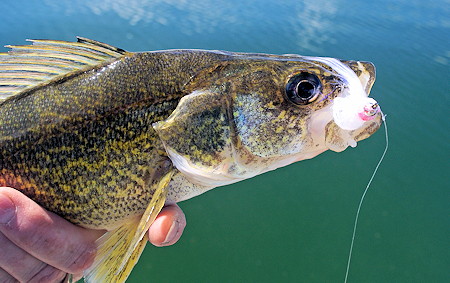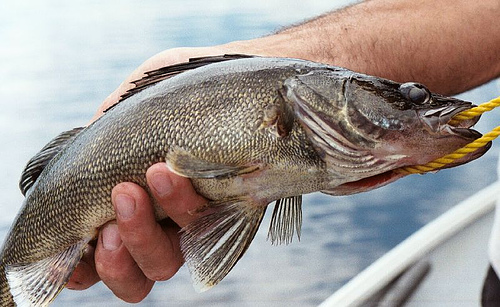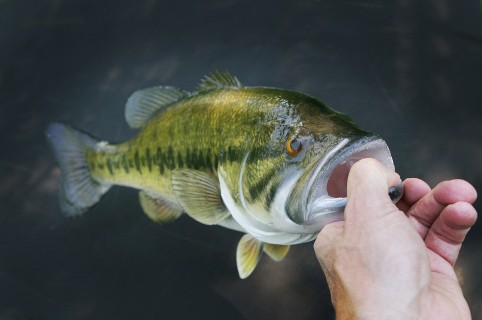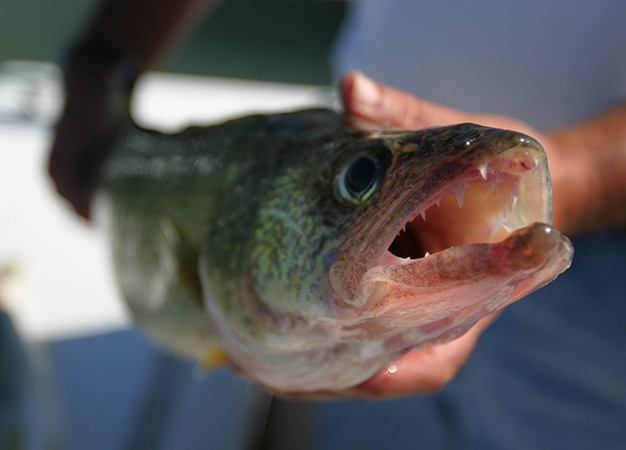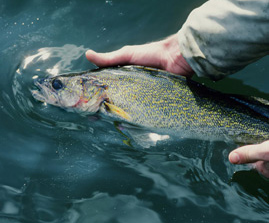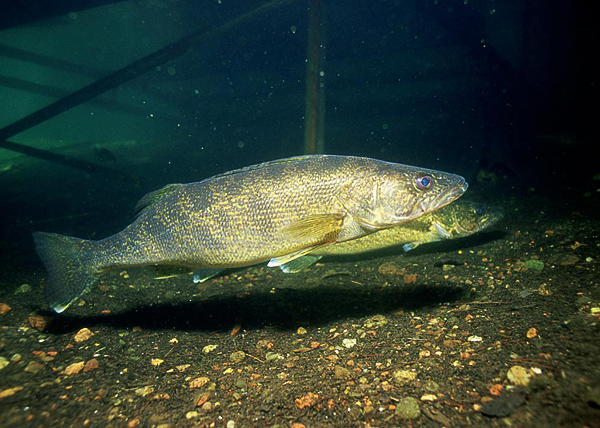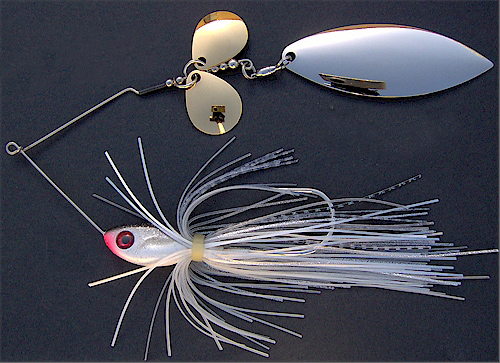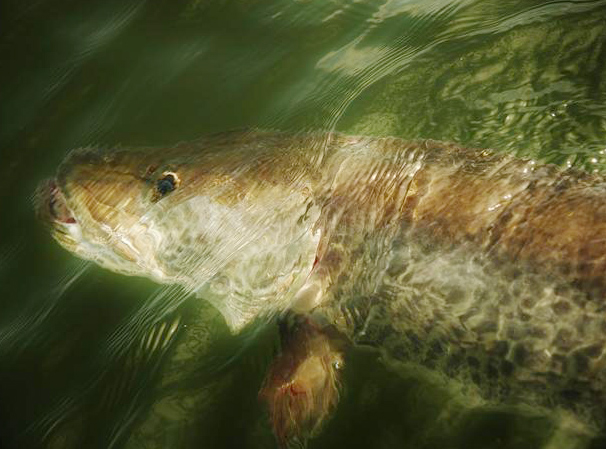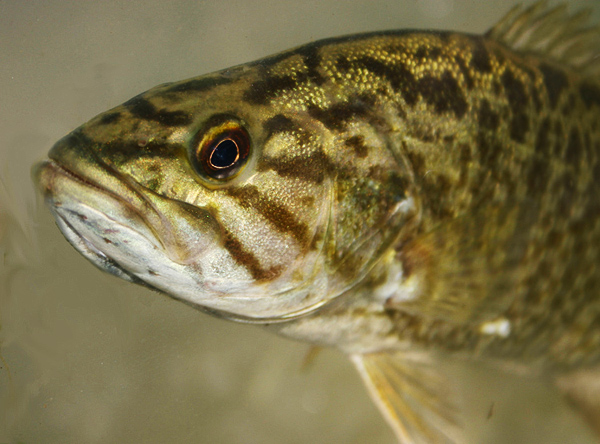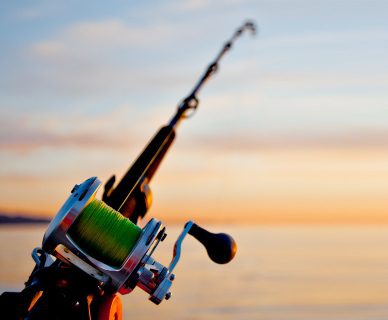By Gord Ellis www.gordellis.com
Fish are creatures of habit. They follow behaviour patterns that keep them safe from predators, physically comfortable, and well fed. It’s a matter of life and death. If a bass is having its best luck feeding on top of a reef during a west wind, you can be sure it will be there every time those conditions occur. Anglers aren’t much different. If a fishing pattern brings success, we stick to it like glue, even after it stops producing fish. A bass, however, will change its habits as soon as its forage moves.
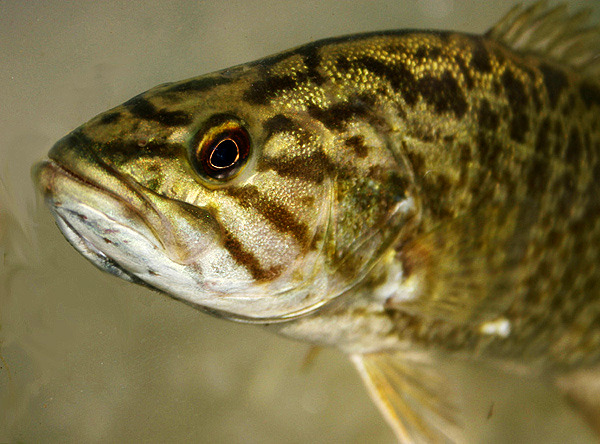 One pattern bass anglers are fixated on is casting crankbaits. Ask any 10 bass busters how they fish and I’d bet my four-drawer tackle box that half would answer casting cranks. The other half would be casting, flipping, or pitching something else. Perhaps it’s the tournament mystique at work, or maybe it’s the force of tradition, but most bass anglers don’t like to troll. Yet, trolling crankbaits allows you to fish a variety of depths more accurately than by casting. Buck Perry, the father of modern structure fishing and an avid troller, put it this way: “If you and I desire to consistently catch fish whenever or wherever we go fishing, we must control the depth we fish at and the speed of our lures or bait.” Luckily, trolling crankbaits is one of the best ways to achieve that goal.
One pattern bass anglers are fixated on is casting crankbaits. Ask any 10 bass busters how they fish and I’d bet my four-drawer tackle box that half would answer casting cranks. The other half would be casting, flipping, or pitching something else. Perhaps it’s the tournament mystique at work, or maybe it’s the force of tradition, but most bass anglers don’t like to troll. Yet, trolling crankbaits allows you to fish a variety of depths more accurately than by casting. Buck Perry, the father of modern structure fishing and an avid troller, put it this way: “If you and I desire to consistently catch fish whenever or wherever we go fishing, we must control the depth we fish at and the speed of our lures or bait.” Luckily, trolling crankbaits is one of the best ways to achieve that goal.
I became hooked on trolling crankbaits for bass more than a decade ago. While fishing muskie on Little Vermilion Lake near Sioux Lookout, a friend and I discovered that trolling a No. 5 Rapala Shad Rap was deadly on the perch-eating fish. We caught them to 20 pounds (9 kg). As a bonus, whenever we rounded a rocky point, fat smallmouth would hammer our cranks and hit the air like scud missiles. Bass weren’t our target species, but the exciting experience stayed with me.
Trolling crankbaits is the best way to find active, open-water bass in the shortest time. Obviously, when bass are in weeds or are really shallow, trolling is out. Then you find fish by working spinnerbaits, in-line spinners, or the like. But when bass are working rock ledges, chasing smelt or cisco in open water, cruising beach edges, or patrolling a rivermouth, trolling is a sure-fire way to locate them.
You only need a handful of crankbaits. My favourites are shad-bodied styles such as No. 5 and No. 7 Shad Raps, Cordell C.C. Shads, and Excalibur Fat Free Shads. Their tight wobble gets bass into a real lather. Shad baits generally troll well right out of the box and track straight at higher speeds. In lakes where bass feed on slim forage like smelt, minnow-shaped baits such as the Countdown Rapala, Husky Jerk, Berkley Frenzy, Smithwick Rogue, Cordell Walleye Diver and Minnow, and Storm Thunderstick are good choices. If bass are feeding primarily on crayfish, slow-trolling fat crankbaits like the Big O and Fat Rap are worth a try.
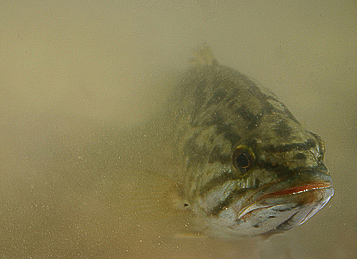 Crankbaits allow great control to pin-point the best fishing depth. With a little experimentation, you can quickly determine how deep or shallow a lure is working. The thickness of your line, the speed you troll, and the size of a crank’s lip all play a part in how deep it runs. The thinner the line and the more you let out (to a point), the deeper a bait will dive. These and other variables need to be controlled if you want to be accurate about where your crank runs.
Crankbaits allow great control to pin-point the best fishing depth. With a little experimentation, you can quickly determine how deep or shallow a lure is working. The thickness of your line, the speed you troll, and the size of a crank’s lip all play a part in how deep it runs. The thinner the line and the more you let out (to a point), the deeper a bait will dive. These and other variables need to be controlled if you want to be accurate about where your crank runs.
Here’s an easy way to test a crankbait’s maximum diving depth. Clip it on and let out 100 feet (30 m) of 10-pound-test line. Then, watch your depth-finder as you troll. Write down or keep a mental note of the depth at which the lure finally clips bottom. Do this with a few lures, so you can confidently pick the best one for any given depth.
A good way to keep track of line length is to measure the amount that comes off a level-wind reel with one pass of the line guide. Another option is to install a neoprene slip-bobber stop on your line at the desired length. Then, as you let out line between your fingers, you can feel for the exact length.
During the last few years, I’ve grown to rely on the Crankbait Trolling Depth Guide by Mike McClelland. This 5- by 8-inch (12- by 20-cm) plasticized chart with a calculator wheel enables you to determine quickly how deep a crankbait will run. It covers 200 popular lures. The guide takes into account line strength and length and trolling speed. There are similar crankbait guides worth the investment.
Before letting out line to troll, check a crankbait’s action at boatside. At high speeds, some crankbaits might track left or right, while others just roll to the surface. Watch how yours reacts at different speeds and then observe how the tip of your rod responds. It can tell you a lot about how a crankbait is acting underwater and help you pick the best trolling speed.
While crankbait action and diving depth are key components in trolling, colour shouldn’t be overlooked. For clear water clarity, I’m a big believer in white, silver, and natural. For darker water, fire-tiger, chartreuse, and orange lures are solid choices. Where crayfish make up the primary forage, try brown, orange, or dark yellow. On windy days, or in dark water, a rattling crankbait garners more hits.
You don’t need a million-modulus graphite rod to troll crankbaits. Extreme sensitivity doesn’t help much. In fact, a soft rod telegraphs the trembles and kick of a crank working the bottom better than does a stiff graphite pole. A soft rod also tears out fewer hooks, and that means more fish in the boat. If you have an old fibreglass rod stuck up in the rafters, take it out of retirement for trolling.
Troll crankbaits to contact bass in large expanses of water or along long stretches of promising-looking shoreline. Always start shallow. If bass aren’t there, continue to fish deeper until all depths have been covered. Bass spend a lot of time in deep water far from where most anglers are pitching jigs. If you catch a bass, throw out a marker and cast. There might be a tight school of fish in the area. If casting doesn’t work, before retrieving the marker, resume trolling near it at the depth the fish was caught.
Trolling is a teacher when it comes to finding bass. Pay attention in class this summer and you’ll graduate with honours in crankbait fishing from Bass U.



